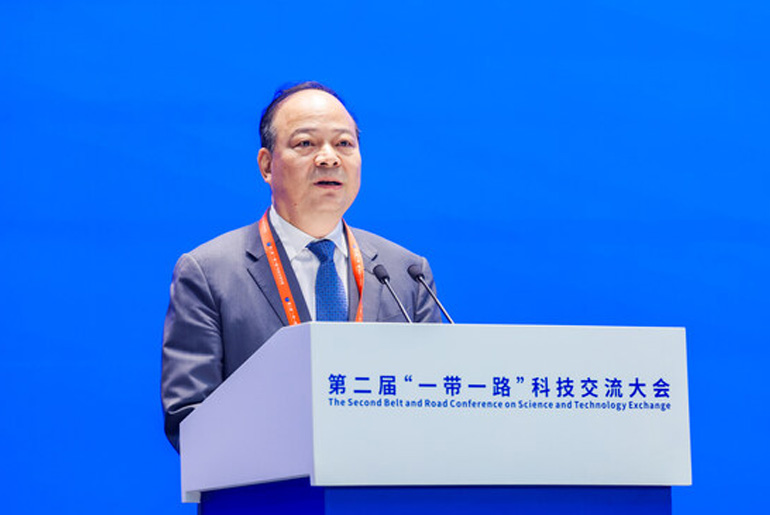Contemporary Amperex Technology Co., Limited (CATL) Chairman and CEO Dr. Robin Zeng recently spoke at the second Belt and Road Conference on Science and Technology Exchange. Dr. Zeng described CATL’s dedication to transparent cooperation and mutually beneficial growth on a global scale throughout the lecture, with a particular emphasis on enabling emerging economies.
In his address, Dr. Zeng emphasized CATL’s readiness to foster deep industrial cooperation and share its advanced technologies to accelerate the global energy transition. “There are many ways we can cooperate,” Dr. Zeng stated. “CATL is willing to co-build factories, form joint ventures, and engage in commercial agreements on technology licensing.” This collaborative spirit is central to CATL’s strategy of building localized ecosystems and supporting partners worldwide in their journey towards carbon neutrality.
The quick rise of the EV market in nations like Thailand, Malaysia, and Indonesia is one of the major potential in transport electrification, according to CATL. Through its partnership with Arun Plus in Thailand to supply batteries and support the country’s goal of becoming Southeast Asia’s EV hub, as well as its co-development of an entire industrial value chain—from mining to recycling—to localize Indonesia’s EV ecosystem, CATL is actively seeking partnerships in the region.
Beyond transportation, CATL’s comprehensive “Zero-Carbon Tech” solutions encompass innovative energy storage systems that are crucial for unlocking the full potential of renewable energy. Its grid-forming storage systems enable independent microgrids, which are essential for remote regions and industrial sites. One notable example is the 19GWh battery energy storage system powering Masdar’s “AI + Zero-Carbon” green data center in the UAE.
CATL intends to install 1,000 Choco-Swap stations by 2025 in an effort to encourage battery circularity across society. With the formal opening of Hong Kong’s first Choco-Swap station, the footprint is growing into Macau SAR and Hong Kong SAR. With the help of automobile partners, CATL hopes to open 10,000 stations in the medium future. Additionally, CATL’s strong commitment to the circular economy is demonstrated by its cutting-edge battery recycling equipment, which handled 130,000 tons of discarded batteries last year.
Additionally, Dr. Zeng discussed the idea of “industrial decarbonization,” defining it as the process of replacing conventional high-energy-consumption sectors with alternative energy sources, such hydrometallurgy, which lowers carbon emissions. In conjunction with “new energy industrialization,” this strategy seeks to provide new avenues for green transformation and economic growth, which is especially pertinent for countries pursuing sustainable development and industrial upgrading.
CATL’s strategy involves fostering a global production network to ensure market supply and development worldwide, exemplified by its major investments in European manufacturing, including Europe’s largest battery base in Hungary and a new factory in Spain with Stellantis. These initiatives are designed to deeply integrate CATL into regional new energy industry chains, enhancing local value and technological advancement.
With over 43,000 patents and nearly 20 billion yuan invested annually in battery R&D, CATL continues to innovate in battery materials, chemical systems, and beyond. In 2024, CATL ranked second among all Chinese companies in overseas patent applications.
“As a global leader in innovation and technology, CATL is willing to collaborate with business and scientific communities across all international partner countries,” Dr. Zeng concluded. “We are eager to contribute – for humanity’s new energy’s sake, for humanity’s sustainable development, and for building a community with a shared future for mankind!”
CATL’s recent listing on the Hong Kong Stock Exchange further demonstrates its deeper integration into global capital markets, providing a vital platform to support its expanding production capacity, supplier network, and talent pool, enabling more diverse cooperation with international partners towards a zero-carbon future. The company aims for its factories to be carbon-neutral this year and is committed to achieving carbon neutrality across its battery supply chain by 2035.



